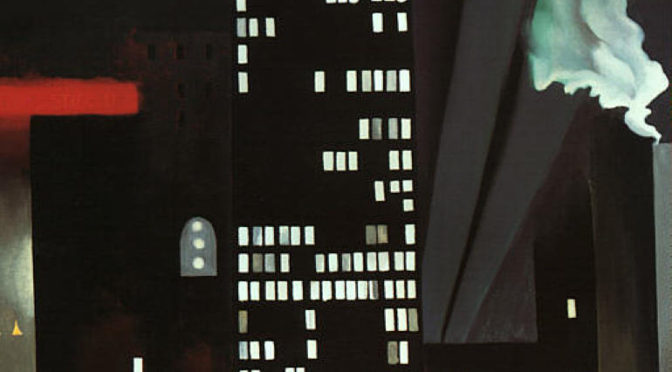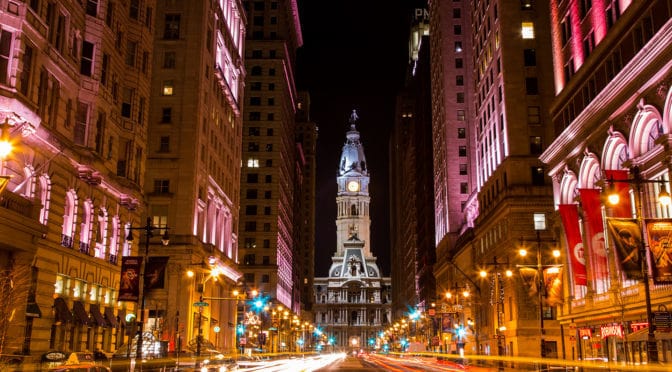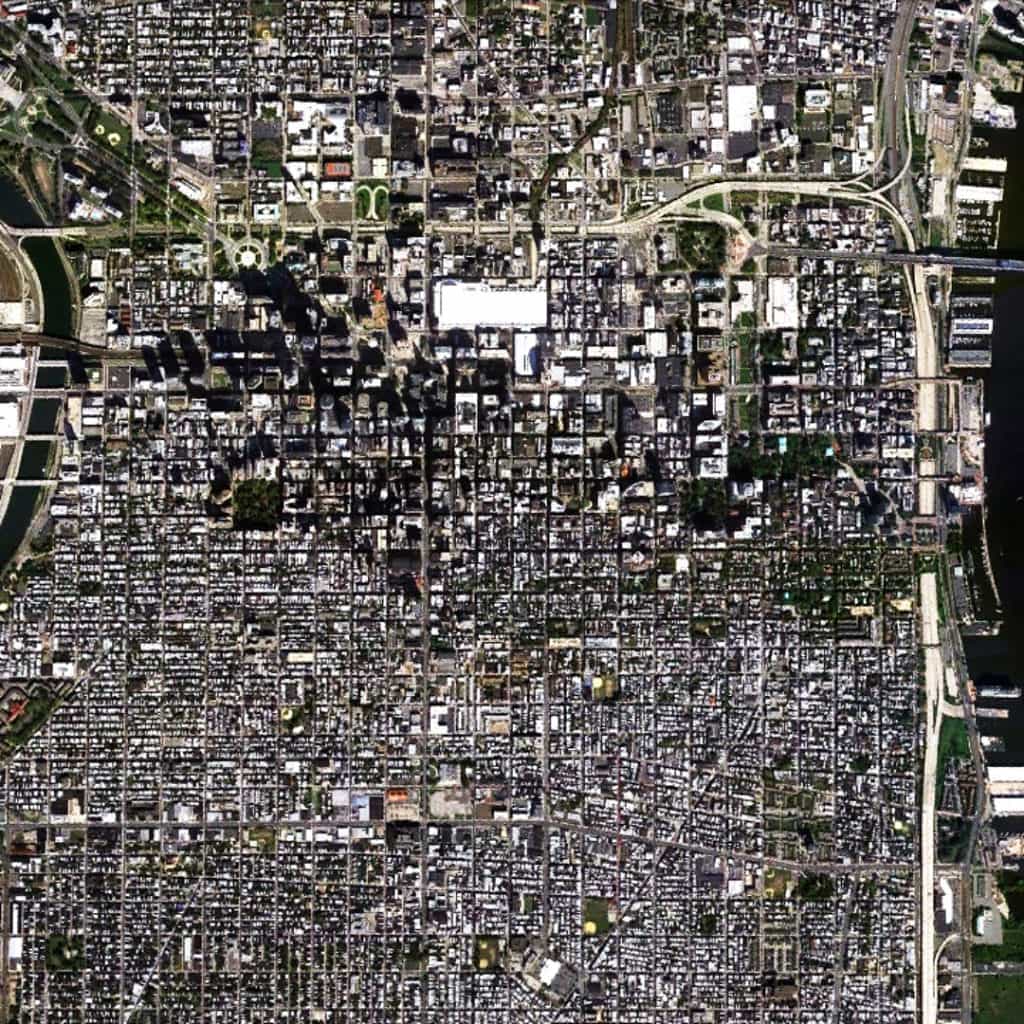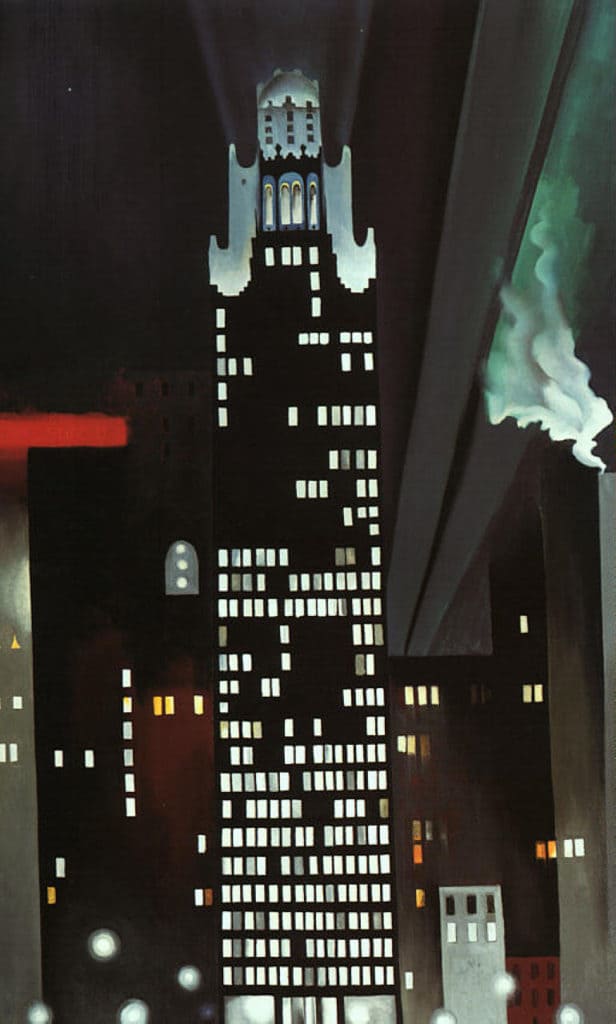
Form Arranged in Light | The City in Art
by Dr. Mark David Major, AICP, CNU-A
Many descriptions of Georgia O’Keeffe’s Radiator Building – Night, New York (1927) unduly focus on the expressed title and the (presumed) subject of the artwork itself. For example, “Towering above the viewer’s eyesight, the Radiator Building extends almost to the top of the work, illuminated in silhouette by its own lights and several spotlights that shoot into the black sky, giving it a slight red hue. Most of O’Keeffe’s paintings of New York City feature various skyscrapers of the city of the time, such as the Ritz Tower” (Source: Cultural Mechanism). Such descriptions are limited because they appear to be missing the point of O’Keeffe’s cityscape paintings. It seems likely this is not helped by O’Keeffe’s own vagueness on the subject of this painting (or her many others), saying she had “walked across 42nd Street many times at night when the black Radiator Building was new — so that had to be painted, too” (Source: Georgia O’Keeffe, Georgia O’Keeffe, New York: Penguin Books, 1976).
O’Keeffe is not painting a building. She is painting light and the form of the Radiator Building and surrounding cityscape emerges solely from the arrangement of light. 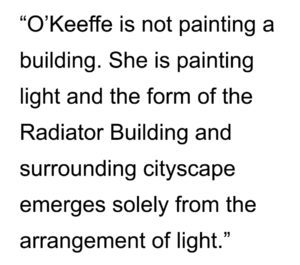 We can say this with some confidence because if you were to remove all of the ‘painted light’ from this painting, only a black canvas would remain. It is this ‘painted light’ that provides a subtle richness and contextual depth to the best of O’Keeffe’s cityscape paintings. Later, we will see more explicit examples in her other paintings, for example in The Shelton with Sunspots (1926). In this sense, the subject is the artifice of form emerging from the arrangement of light. The fact the words ‘Radiator Building’ and ‘New York’ are in the title of the painting is completely inconsequential and accidental to the subject of the piece. It is also misleading on O’Keeffe’s part by naming the painting in this manner. However, this is completely consistent with her tendency to be opaque when it comes to the subject matter of her own paintings. As architects and planners, O’Keeffe’s painting shows us how we can expand our perception of the city beyond the conventional (form) to see its richness in other, more subtle – and, perhaps, richer – ways (light).
We can say this with some confidence because if you were to remove all of the ‘painted light’ from this painting, only a black canvas would remain. It is this ‘painted light’ that provides a subtle richness and contextual depth to the best of O’Keeffe’s cityscape paintings. Later, we will see more explicit examples in her other paintings, for example in The Shelton with Sunspots (1926). In this sense, the subject is the artifice of form emerging from the arrangement of light. The fact the words ‘Radiator Building’ and ‘New York’ are in the title of the painting is completely inconsequential and accidental to the subject of the piece. It is also misleading on O’Keeffe’s part by naming the painting in this manner. However, this is completely consistent with her tendency to be opaque when it comes to the subject matter of her own paintings. As architects and planners, O’Keeffe’s painting shows us how we can expand our perception of the city beyond the conventional (form) to see its richness in other, more subtle – and, perhaps, richer – ways (light).
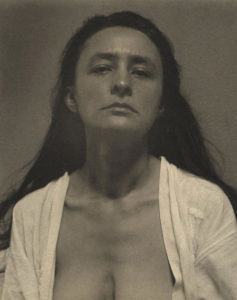
About Georgia O’Keeffe
Georgia O’Keeffe (1887-1986) was born in Sun Prairie, Wisconsin. She studied at the Art Institute of Chicago and the Art Students League in New York. She revolutionized modern art during her time and, in the present, she was the first female artist to have a retrospective show at the Museum of Modern Art in New York. Her paintings vividly portrayed the power and emotion of objects in nature. Her charcoal drawings of silhouetted bud-like forms exhibited in 1916 first brought her fame. During the 1920s, she explored this theme in magnified paintings of flowers, which to this day enchant people amorously, although her purpose was to convey that nature in all its beauty was as powerful as the widespread industrialization of the period. After spending a summer in New Mexico, enthralled by the barren landscape and expansive skies of the desert, she would explore the subject of animal bones in her paintings during the 1930s and 1940s. Just as with the flowers, she painted the bones magnified to capture the stillness and remoteness of them, while at the same time expressing a sense of beauty within the desert. O’Keeffe was married to the pioneer photographer Alfred Stieglitz (1864-1946) in 1924. It was at his famed New York art gallery “291” that her charcoal drawings were first exhibited in 1916. The union lasted 22 years until Stieglitz’s death. O’Keeffe was elected to the American Academy of Arts and Letters, awarded the Gold Medal of Painting by the National Institute of Arts and Letters and Medal of Freedom (the United States’ highest civilian honor). In 1985, President Reagan presented to her the National Medal of Arts. She died March 6, 1986, at the age of 98 in Sante Fe, New Mexico (Source: Women in History).
The City in Art is a series by The Outlaw Urbanist. The purpose is to present and discuss artistic depictions of the city that can help us, as professionals, learn to better see the city in ways that are invisible to others. Before the 20th century, most artistic representations of the city broadly fell into, more or less, three categories: literalism, pastoral romanticism, and impressionism, or some variation thereof. Generally, these artistic representations of the city lack a certain amount of substantive interest for the modern world. The City in Art series places particular emphasis on art and photography from the dawn of the 20th century to the present day.

